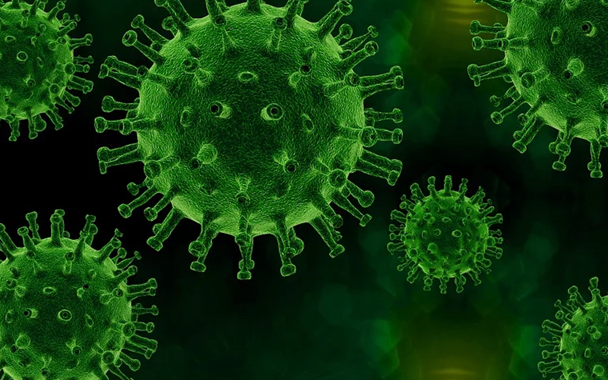ANC Calculator
The ANC calculator (Absolute Neutrophil Count calculator) is a convenient tool that helps you to estimate the total count of neutrophils in the blood. Your ANC can indicate your risk connected with infectious conditions.
What is Absolute Neutrophil Count (ANC)?
White blood cells (WBCs), also called leukocytes, protect our body against infections and foreign material. There are five types of WBCs:
- Neutrophils
- Eosinophils
- Basophils
- Lymphocytes
- Monocytes
Neutrophils (also known as neutrocytes) are the most abundant type of white blood cells. Neutrophils, which fight infections, come in two types: segmented neutrophils and bands. The other types of white blood cells manage allergic responses, kill parasites, and recycle worn-out cells.

Absolute Neutrophil Count (ANC) is the total number of neutrophils. ANC levels have become a benchmark to assess the risk of bacterial infections, in particular immunosuppressed patients with malignancy receiving chemotherapy. It is also a measure of the risk of severe and life-threatening infections like sepsis.
Why is ANC Important?
Your ANC is a measure of your risk of infection. Knowing the ANC can help you determine whether or not you are a candidate for specific treatments. If you are undergoing radiation, chemotherapy, or bone marrow or stem cell transplant, your ANC is used to measure the status of your immune system.
If your ANC is low, i.e., you do not have enough neutrophils, you are said to be neutropenic or experiencing neutropenia. There are three types of Neutropenia: mild, moderate, or severe. The more serious the neutropenia, the more important it is to avoid any possible sources of infection.
ANC formula
The calculation of ANC requires the following numbers that can be obtained from a blood test:
- The total number of white blood cells (WBC) (cells/μL)
- Percentage of mature neutrophils (known as segs or segmented cells)
- Percentage of immature neutrophils (known as bands)
To calculate ANC, input all of these numbers into the ANC formula below:
ANC = WBC * (segs[%] + bands[%]) / 100
The result is the Absolute Neutrophil Count (ANC), measured in cells/μL.
Interpreting ANC
ANC values are classified differently by different treatment centers and are vary by age and sex. The classifications below are the most common.
| ANC Range | Classification | Notes |
|---|---|---|
| 0 to 500 | severe neutropenia | |
| 500 to 1000 | moderate neutropenia | |
| 1000 to 1500 | mild neutropenia | Some treatment centers consider 1000 to 1500 “below normal” and others “normal”. |
| 1500 to 1800 | no neutropenia | Most treatment centers consider 1500 to 1800 “normal” while a few consider it “below normal”. |
| 1800 and above | no neutropenia | “Normal” range |
Note that the value of ANC changes dynamically and reflects the patient’s response to chemotherapy treatment or marrow transfer. It is often measured daily to assess whether the patient should receive additional antibiotics or bacteria cultures.
The way of classification depends on your specific situation. You should consult your doctor about the appropriate cautions to take when you are neutropenic. Some cases require just an awareness of sources of infection, while in some other cases, the patients may be recommended for a neutropenic diet, limit travel, or avoid crowded malls and theaters. For the most severe neutropenia, isolation may be necessary.
About this ANC calculator
The Absolute Neutrophil Count (ANC) calculator helps you finds the ANC based on your total number of white blood cells, the percentage of neutrophils, and the percentage of band cells in a patient’s blood sample at a given time. To use this calculator:
- Enter the total number of white blood cells (WBC), measured in cells/μL;
- Enter the percentage of mature neutrophils (called segs or segmented cells);
- Enter the percentage of immature neutrophils (called bands).
- The Absolute Neutrophil Count is calculated and the result is displayed.
| Legal Notices and Disclaimer
All information contained in and produced by Tabular is provided for information purposes only. This information should not be used for the diagnosis or treatment of any health problem or disease. |